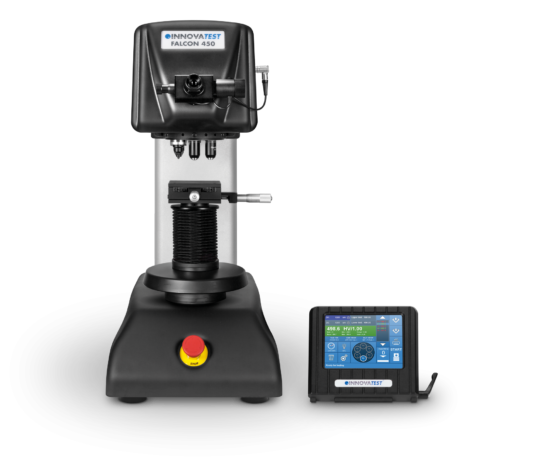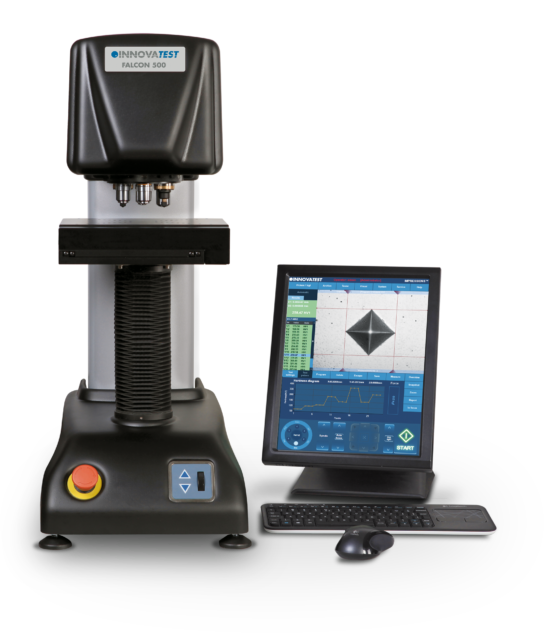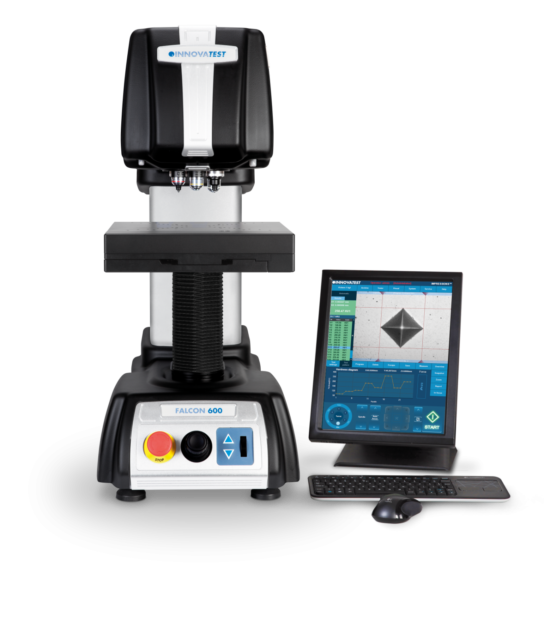Brinell hardness testers determine the hardness of metal castings and forgings that have a coarse grain structure by employing the Brinell hardness testing principle. This hardness testing method is applicable in the quality assessment and acceptance of commercial shipments. Different load and ball combinations are testable using this method by varying the test force and ball size. Its manner of functioning is by applying force through an indenter to the material being tested for a specified amount of time, measuring the diameter of indentation in at least two perpendicular directions, and then computing the measurements in a optical system using a mathematical or chart based formula.

Series and Models
Brinell hardness testers are available in various models that vary in working height, test force, type and indentation of the scanner, type of z-axis spindle, and characteristics of the testable material. NEXUS 3300 and 3400 series test the hardness of heavy-duty metals and have a respective working height of 390mm and 530mm. They both have impressions-system indent optical scanners (BIOS) and can have either manual or motorized spindles. NEXUS 8103 series and NEMESIS 9600 RS(B) model are both heavy-duty testers. They have a descending test head and a closed-loop feedback system. Their distinction is in the axis spindle which, in NEMESIS model, is motorized but can be either motorized or manual in the NEXUS 8103 series. NEXUS 3100 model has an analogue microscope and 6.5-inch touch screen while NEXUS 3200 model has a BIOS automatic scanner.


